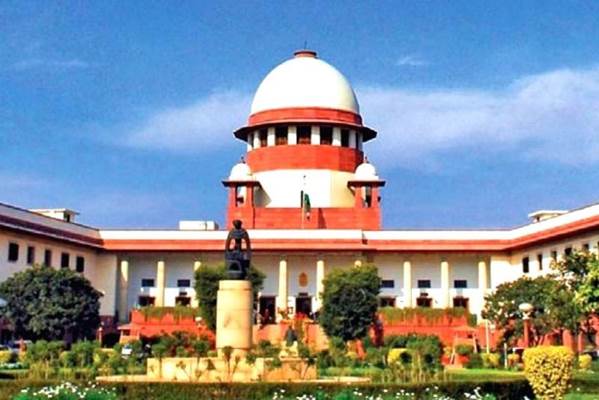Free Courses Sale ends Soon, Get It Now


Free Courses Sale ends Soon, Get It Now



Copyright infringement not intended
In News
Appointment of the High Court Judges
Collegium System
Evolution of Collegium System
https://t.me/+hJqMV1O0se03Njk9
© 2024 iasgyan. All right reserved